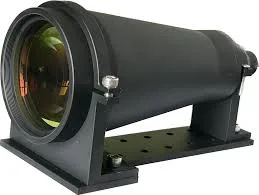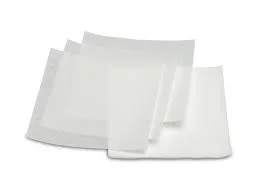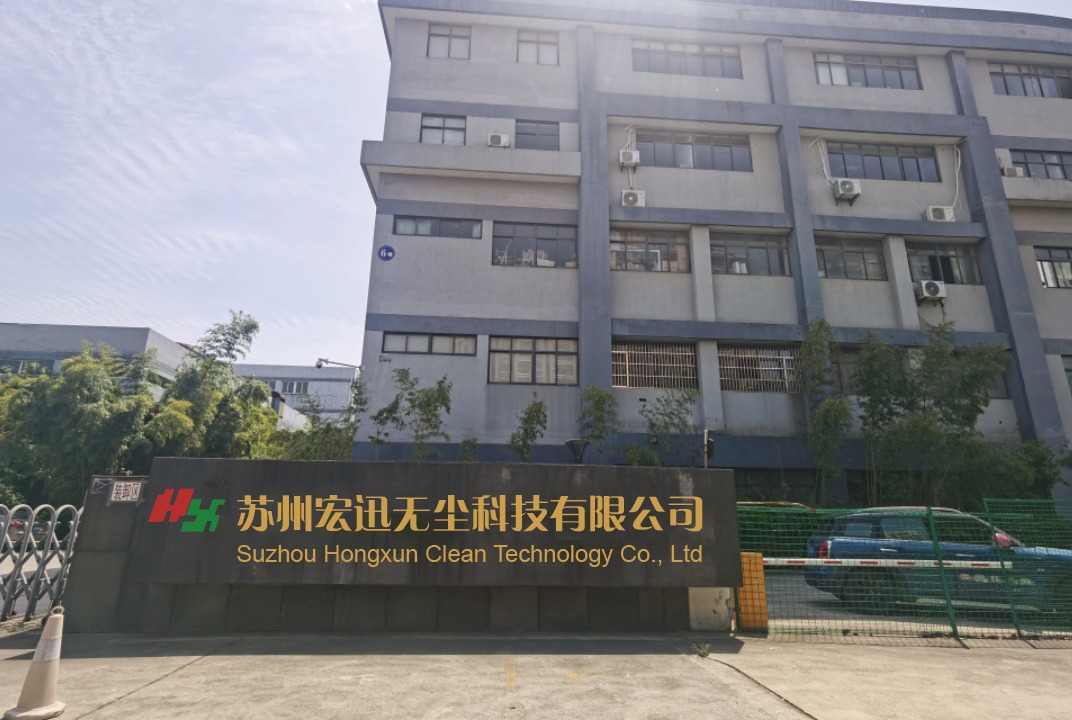In the world of LiDAR (Light Detection and Ranging) technology, the quality of lenses plays a crucial role in ensuring the accuracy and efficiency of the system. The production of LiDAR lenses demands precise cleaning to maintain the lens's clarity and functionality. One essential tool in this process is the Polyester Sealed Edge Wipe. This wipe is designed to effectively clean sensitive surfaces while minimizing the risk of contamination. However, during the cleaning process, several issues may arise that can compromise the integrity of the lens, particularly when using cleaning swabs or wipes.

Common Problems During Cleaning
When cleaning LiDAR lenses, manufacturers often encounter micro-particulates or debris left behind on the lens surface. This issue is especially common when using cleaning swabs, and in some cases, even the most specialized cleaning wipes can result in unwanted residues. These residues could lead to inaccurate sensor readings or damage to the lens coating.
Causes of Micro-particulate Formation
There are a few possible causes for these microscopic residues appearing during the cleaning process:
-
Swab Quality: The cleaning swab itself may be a primary source of the problem. If the swab fibers are not securely sealed or are of low quality, they may shed tiny fibers during the cleaning process. These micro-fibers can end up on the lens, leaving visible streaks or particles.
-
Static Electricity: LiDAR lenses are often made of materials that can accumulate static charges, attracting dust and debris. Static buildup during the cleaning process may result in cleaning swabs attracting micro-particulates, which can adhere to the lens surface, causing contamination.
-
Improper Process Flow: The cleaning process itself could be a contributing factor. If the procedure involves multiple stages, such as wiping and brushing, there could be a risk of introducing contaminants at each stage. Failure to maintain a clean working environment and using improper techniques could exacerbate the issue.
-
Environmental Factors: The production environment also plays a significant role. Factors such as humidity, temperature, and air quality can impact the cleaning results. A high level of dust in the air or low humidity can exacerbate static buildup, which in turn attracts even more particles to the lens.

Solutions for Effective Cleaning
To solve these issues and ensure clean LiDAR lenses, several steps can be taken:
1. Use High-Quality Sealed Edge Wipes
Investing in Polyester Sealed Edge Wipes that are specifically designed for sensitive surfaces is critical. These wipes are less likely to shed fibers during use due to their sealed edges, reducing the chances of leaving behind micro-particulates. The polyester material is ideal for cleaning delicate surfaces, providing a high level of absorbency without scratching.
2. Control Static Electricity
To prevent static buildup, it's essential to introduce anti-static measures in the production environment. This could include using anti-static wristbands, mats, or even anti-static air blowers to remove particulates before they come into contact with the lens. Using anti-static wipes along with sealed-edge wipes can also reduce the risk of attracting dust and debris during cleaning.
3. Optimize the Cleaning Process
Ensure that your cleaning process is streamlined and organized. This includes:
- Using dedicated tools for each cleaning stage.
- Avoiding cross-contamination between tools (e.g., using separate wipes for each cleaning phase).
- Using cleanroom standards in the production facility to reduce airborne contaminants.
- Implementing a strict cleaning protocol to prevent mistakes and minimize errors during the process.
4. Maintain a Clean Environment
Finally, it is crucial to ensure that the environment in which the cleaning takes place is properly maintained. Using air filtration systems, controlling the humidity levels, and ensuring a dust-free space can greatly reduce the chances of particulates contaminating the lens during cleaning.
5. Regular Quality Checks
After each cleaning stage, it is advisable to conduct quality control checks to ensure no residues have been left on the lens. High-powered microscopes or particle counters can be used to inspect the lens surface for any micro-particulates that may have been missed during the cleaning process.
Conclusion
In the production of LiDAR lenses, the cleanliness of the lenses is a vital factor in ensuring the device's overall performance. By understanding the potential issues that can arise during the cleaning process and implementing proper solutions, such as using Polyester Sealed Edge Wipes, controlling static buildup, and optimizing cleaning protocols, manufacturers can achieve cleaner, more accurate LiDAR lenses and improve the reliability of their products.



